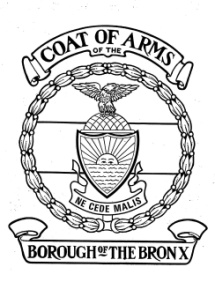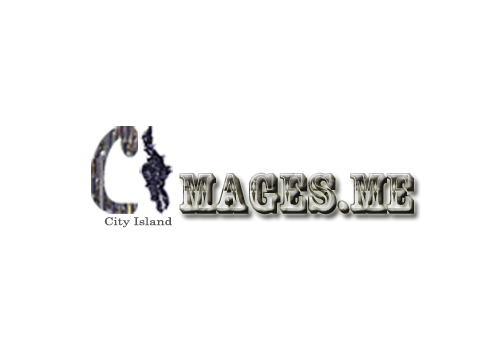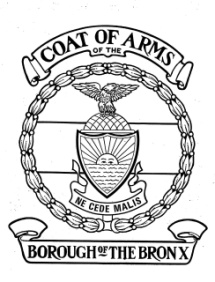This Week in History
This Week in History, Oct 16 - Oct 22
Oct 16, 1934
The Long March by the embattled Chinese Communists break through Nationalist enemy lines and begin an epic flight from their encircled headquarters in southwest China. Known as Ch'ang Cheng—the "Long March"—the retreat lasted 368 days and covered 6,000 miles, nearly twice the distance from NY, NY to SF, CA.
Oct 17, 1931
Capone goes to prison, the gangster known as Big Al is sentenced to 11 years in prison for tax evasion and fined $80,000, signaling the downfall of one of the most notorious criminals of the 1920s and 1930s.



